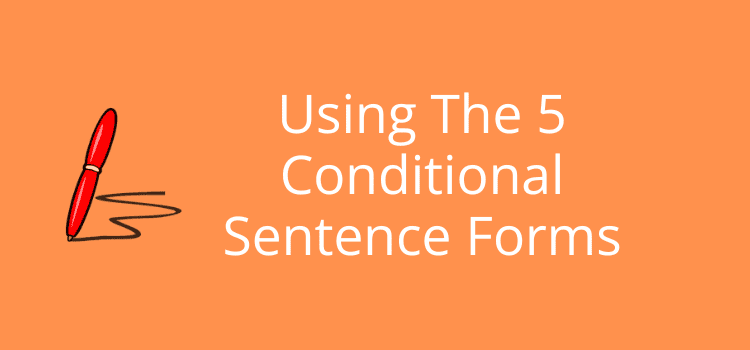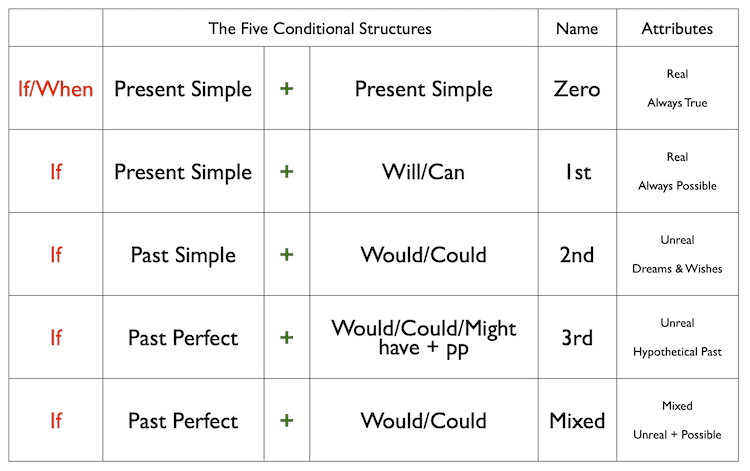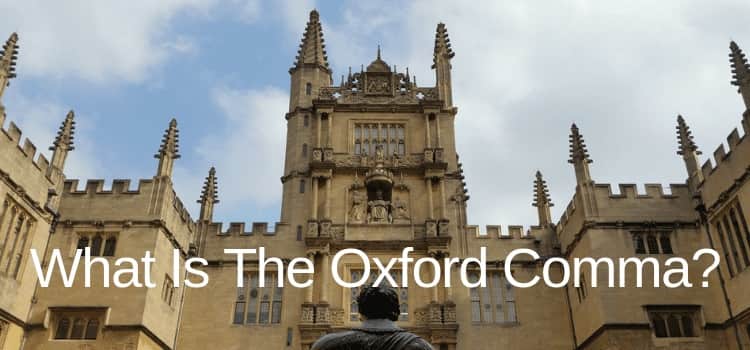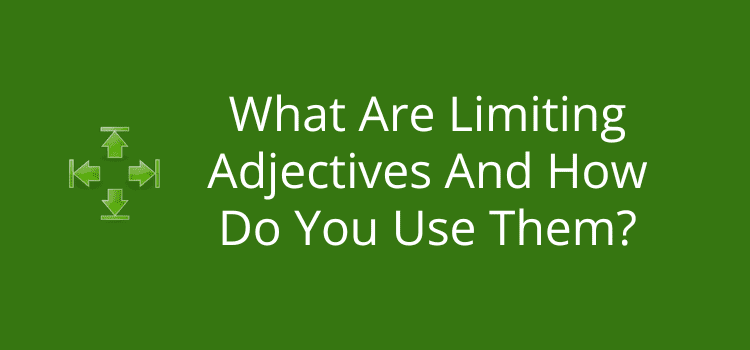
For most writers, using conditional sentences is intuitive. You don’t need to think because they come naturally.
While that’s perfectly okay, sometimes it’s worth investigating grammar points that you rarely think about.
In this case, you might find that you can do more or add more variety to your writing.
Do you know that there are five types of conditions you can use? Well, if not, read on.
The five forms of conditional sentences
When you write a sentence that is conditional, you say that if or when something happens, something else happens as a result.
However, you can use past and present forms and also use hypothetical situations that are unreal.
The five types of conditions range from real and unreal to impossible. As a bonus, you can also use a combination and mix your conditionals.
Rather conveniently, for a grammar point, the conditionals are in an easy to remember ordinal numbered order.
They are zero, first, second, third, and lastly, mixed. Except for mixed, the conditionals are in an order of possibility from always real or true to unreal and hypothetical.
Here’s a quick reference chart to give you a better idea of how things work.

From the chart, you can see that the tenses we use range from present simple to past simple and, lastly, past perfect.
These tenses give a sense of reality, with the present being real, while past tenses express a sense of unreal.
Okay, let’s look at each conditional form in more detail.
The zero conditional
Structure: If/When + Present Simple + Present Simple.
Use: With a zero conditional sentence, it says that if or when a condition happens, the result is always true. We use it to talk about facts and general truths. It’s also common to use it when the result is always the same after a specific condition.
Examples:
If/When you mix red and yellow, you get orange.
If/When I’m ill, I call my doctor.
If/When I stay up late, I feel tired the next day.
The first conditional
Structure: If/When + Present Simple + Will or Can.
Use: The first conditional is similar to the zero in that it is real. However, it differs from being always true to being always possible and in the future.
Because it gives future possibilities or consequences, you can also use might or may instead of can or will.
Examples:
If the weather is fine on Saturday, we can have our party in the garden.
If I finish work early, I might do some shopping.
If you don’t leave soon, you’ll miss your flight.
The second conditional
Structure: If + Past Simple + Would or Could
Use: The second conditional expresses unreal situations in the present and future.
It typically talks about dreams and wishes or situations that are unlikely, imaginary, or contrary to current reality.
Similar to the grammar structure for wishes, this conditional always uses the past tense.
Examples:
If I had a dog, I would get a lot more exercise.
If I won the lottery, I could buy a Ferrari.
If I lived in France for a year, I could improve my French.
The third conditional
Structure: If + Past Perfect + Could/Would/ Might Have + Past Participle
Use: The structure of this conditional is the most complex grammar structure in English.
We use it to talk about hypothetical situations in the past. In other words, about things that didn’t happen and then talk about the imagined results. It usually expresses regrets, missed opportunities, or alternative outcomes compared to reality.
Examples:
If I had known you were coming, I could have baked a cake.
If I had been born in Spain, I would have spoken Spanish fluently.
If I had studied more, I might have passed the examination.
The mixed conditional
Structure: If + Past Perfect + Would or Could OR If + Past Simple + Could/Would/ Might Have + Past Participle
Use: Mixed conditionals are a combination of the second and third conditional.
We use it to describe hypothetical situations where a past condition affects the present or where a present condition could have affected the past.
However, mixed conditionals can also occur due to a writing mistake.
Examples:
If I was more organized, I would have finished writing my article by the deadline. (A present condition with a past result.)
If I hadn’t spent so much money on cars, I would own a house now. (A past condition with a present result.)
If I had accepted the scholarship, I would be living in London now. (A past condition with a present result.)
The one attribute of all conditionals
We can use the conjunctions if or when in many sentences other than conditionals.
However, true conditional sentences have one common feature. You can always reverse them with the conjunction in the middle of the sentence.
It’s an easy, quick check you can use to make sure your conditionals are complete and correct.
Examples:
If/When you mix red and yellow, you get orange.
You get orange if/when you mix red and yellow.
If the weather is fine on Saturday, we can have our party in the garden.
We can have our party in the garden if the weather is fine on Saturday.
If I had a dog, I would get a lot more exercise.
I would get a lot more exercise if I had a dog.
If I had known you were coming, I could have baked a cake.
I could have baked a cake if I had known you were coming.
If I had accepted the scholarship, I would be living in London now.
I would be living in London now if I had accepted the scholarship.
It is also an easy way to add more variety to your writing by changing the order of your conditional sentences.
Note: When you reverse a conditional with if in the middle of the sentence, there is no comma.
Summary
Most writers would rarely make a mistake with conditional sentences.
However, if you are not familiar with the set grammar structures and uses, you might be missing out on opportunities to extend or add variations to your writing.
It is often true for mixed conditionals that are quite useful but more difficult to construct correctly.
But as the saying goes, if you know the rules, you can break them.
Related Reading: What Is Parallelism In Writing And How To Use It
Share This Article


